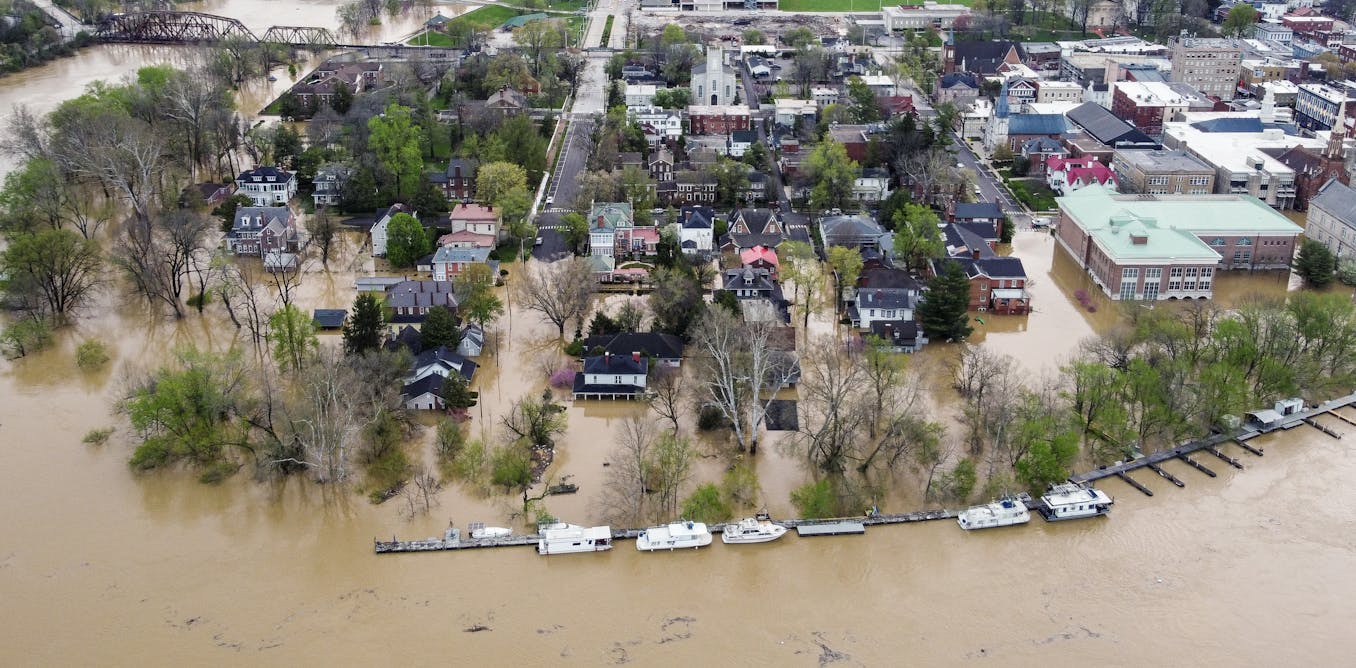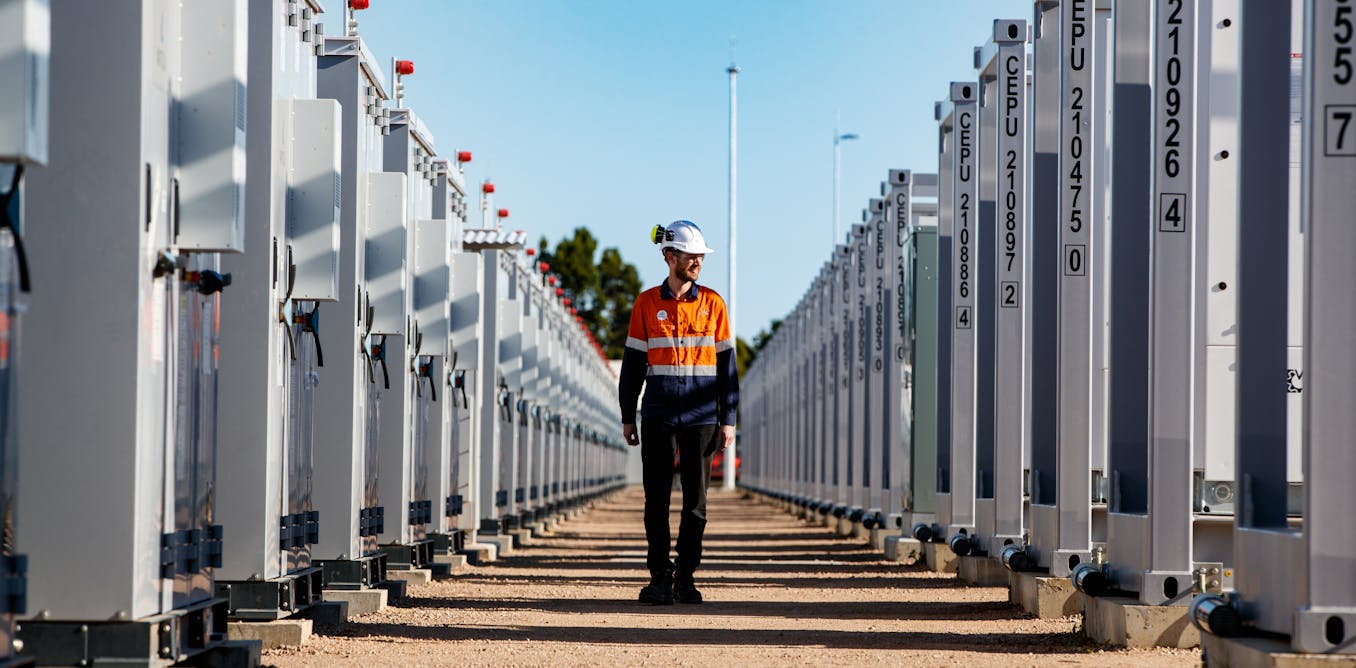In July, two companies announced a collaboration aimed at helping to decarbonize maritime fuel technology. The companies, Brooklyn-based Amogy and Osaka-based Yanmar, say they plan to combine their respective areas of expertise to develop power plants for ships that use Amogy’s advanced technology for cracking ammonia to produce hydrogen fuel for Yanmar’s hydrogen internal combustion engines.
This partnership responds directly to the maritime industry’s ambitious goals to significantly reduce greenhouse gas emissions. The International Maritime Organization (IMO) has set stringent targets. It is calling for a 40 percent reduction in shipping’s carbon emissions from 2008 levels by 2030. But will they have a commercially available reformer-engine unit available in time for shipping fleet owners to launch vessels featuring this technology by the IMO’s deadline? The urgency is there, but so are the technical hurdles that come with new technologies.
Shipping accounts for less than 3 percent of global transportation sector emissions, but decarbonizing the industry would still have a profound impact on global efforts to combat climate change. According to the IMO’s 2020 Fourth Greenhouse Gas (GHG) Study, shipping produced 1,056 million tonnes of carbon dioxide in 2018.
Amogy and Yanmar did not respond to IEEE Spectrum‘s requests for comment about the specifics of how they plan to synergize their areas of focus. But John Prousalidis, a professor at the National Technical University of Athens’ School of Naval Architecture and Marine Engineering, spoke with IEEE Spectrum to help put the announcement in context.
“We have a long way to go. I don’t mean to sound like a pessimist, but we have to be very cautious.” —John Prousalidis, National Technical University of Athens
Prousalidis is among a group of researchers pushing for electrification of seaport activities as a means of cutting greenhouse gas emissions and reducing the amount of pollutants such as nitrogen oxides and sulfur oxides being spewed into the air by ships at berth and by the cranes, forklifts, and trucks that handle shipping containers in ports. He acknowledged that he hasn’t seen any information specific to Amogy and Yanmar’s technical ideas for using ammonia as ships’ primary fuel source for propulsion, but he has been studied maritime sector trends long enough—and helped create standards for the IEEE, the International Electrotechnical Commission (IEC), and the International Organization for Standardization (ISO)—in order to have a strong sense of how things will likely play out.
“We have a long way to go,” Prousalidis says. “I don’t mean to sound like a pessimist, but we have to be very cautious.” He points to NASA’s Artemis project, which is using hydrogen as its primary fuel for its rockets.
“The planned missile launch for a flight to the moon was repeatedly postponed because of a hydrogen leak that could not be well traced,” Prousalidis…
Read full article: Amogy and Yanmar Announce Ammonia Fuel Plans for Shipping

The post “Amogy and Yanmar Announce Ammonia Fuel Plans for Shipping” by Willie D. Jones was published on 08/03/2024 by spectrum.ieee.org





































Leave a Reply